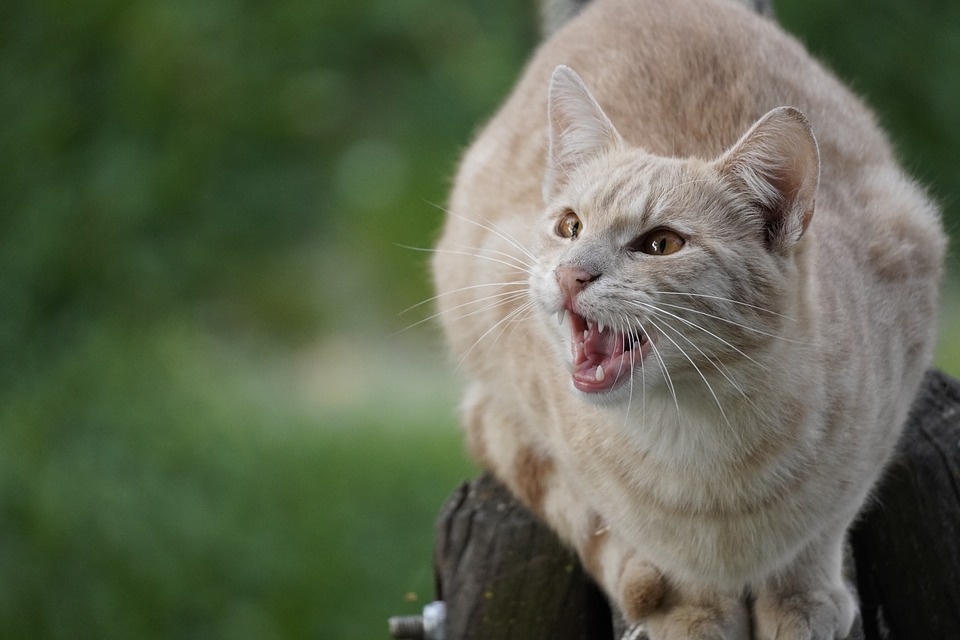Choosing the right cat food is essential for your furry friend’s health and well-being. With so many options available, it can be difficult to decide between kibble and wet food. In this article, we will explore the pros and cons of each format to help you make an informed decision for your cat’s dietary needs.
Kibble, also known as dry food, has its own set of advantages and disadvantages. One of the pros of feeding your cat kibble is its effect on dental health. The crunchy texture of kibble helps reduce tartar buildup and promotes good oral hygiene in cats. Additionally, kibble is convenient as it can be left out for longer periods without spoiling, making it easier to manage and feed your cat. Another advantage of kibble is its cost-effectiveness. It is generally more affordable compared to wet food, making it a budget-friendly option for cat owners.
However, kibble also has its drawbacks. One of the main cons is its lower moisture content. Cats who are not good water drinkers may become dehydrated when solely fed kibble. It is important to ensure your cat has access to fresh water at all times to mitigate this risk. Another disadvantage of kibble is its lower palatability, as some cats may find the dry texture less appealing, resulting in finicky eating habits. Lastly, kibble options may have limited flavors and formulations compared to wet food, limiting dietary diversity for your cat.
On the other hand, wet food, also known as canned food, has its own set of pros and cons. One of the main advantages of wet food is its hydration benefits. Wet food has a high moisture content, helping to keep cats well-hydrated, especially those with urinary issues or kidney disease. The rich aroma and soft texture of wet food also make it more appealing to cats, encouraging them to eat an adequate amount. Additionally, wet food often comes in a wide range of flavors and formulations, allowing for a more diverse and balanced diet.
However, wet food also has its drawbacks. The lack of crunchiness in wet food may contribute to dental issues, such as plaque and tartar buildup. It is important to ensure your cat’s dental health is monitored and addressed if you choose to feed them wet food. Wet food can also spoil quickly if left out for extended periods, requiring careful monitoring and refrigeration. Lastly, wet food is generally more expensive than kibble, which can be a factor for cat owners on a tight budget.
Here are some frequently asked questions about cat food:
1. Is it okay to feed my cat a combination of kibble and wet food?
– Yes, a combination of both formats can provide a balanced diet, offering the benefits of both options.
2. How much should I feed my cat?
– The amount of food depends on your cat’s age, weight, and activity level. Consult your veterinarian for specific feeding guidelines.
3. Can I switch my cat’s food abruptly?
– It is generally recommended to transition slowly when changing your cat’s food to avoid digestive upset. Mix the new food with the old gradually over a week or two.
4. Can I feed my cat human food as a treat?
– Some human foods are safe for cats in moderation, but it’s essential to research which foods are safe and consult your vet to prevent any potential harm.
In conclusion, choosing between kibble and wet food depends on your cat’s individual needs and preferences. Consider your cat’s dental health, hydration, and dietary requirements when making a decision. Remember to consult with your veterinarian for personalized advice and recommendations to ensure your cat receives the best nutrition possible.








